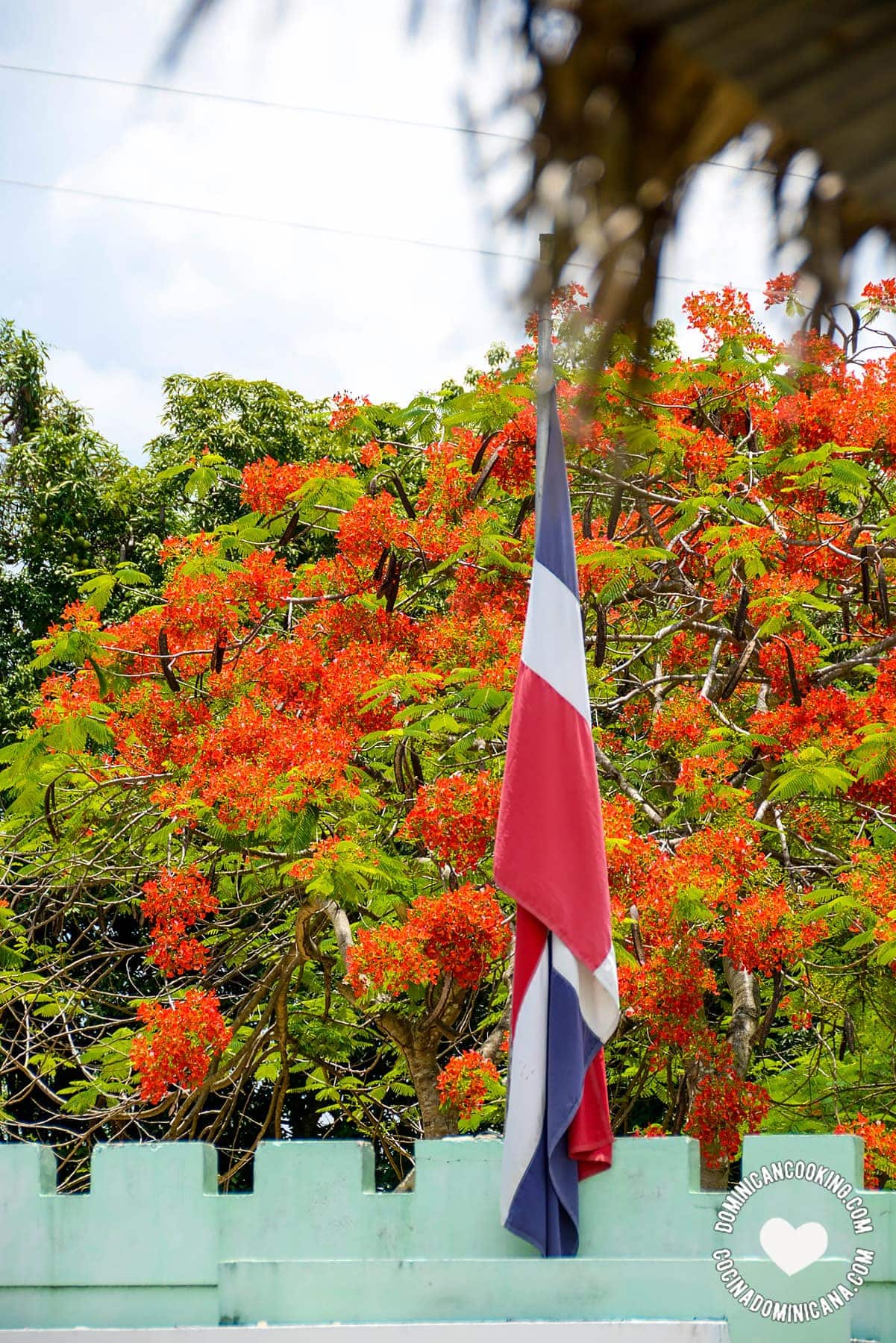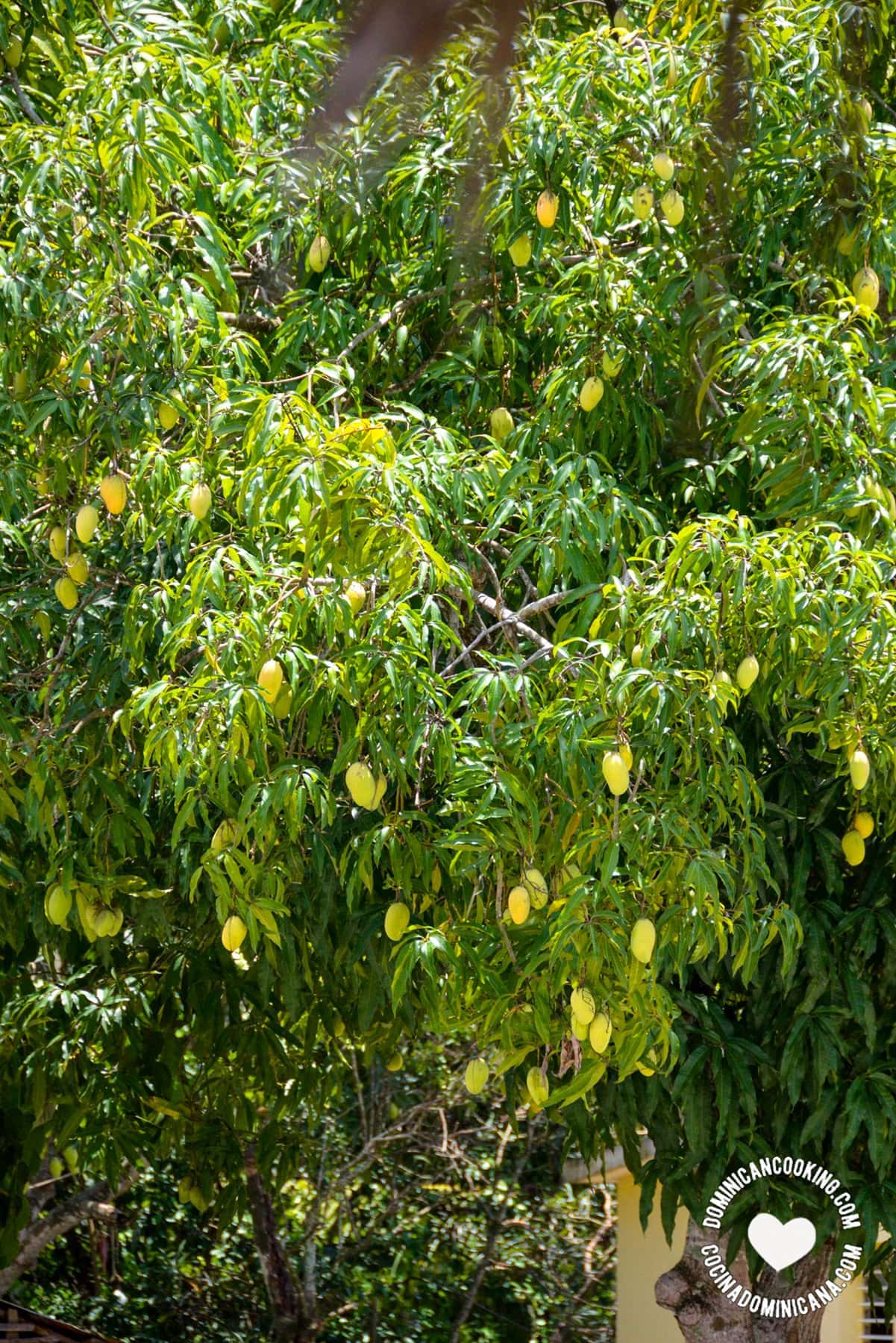Nestled amongst the Central Range mountains, right across the border sits Capotillo, a sleepy little village that I fell in love with.
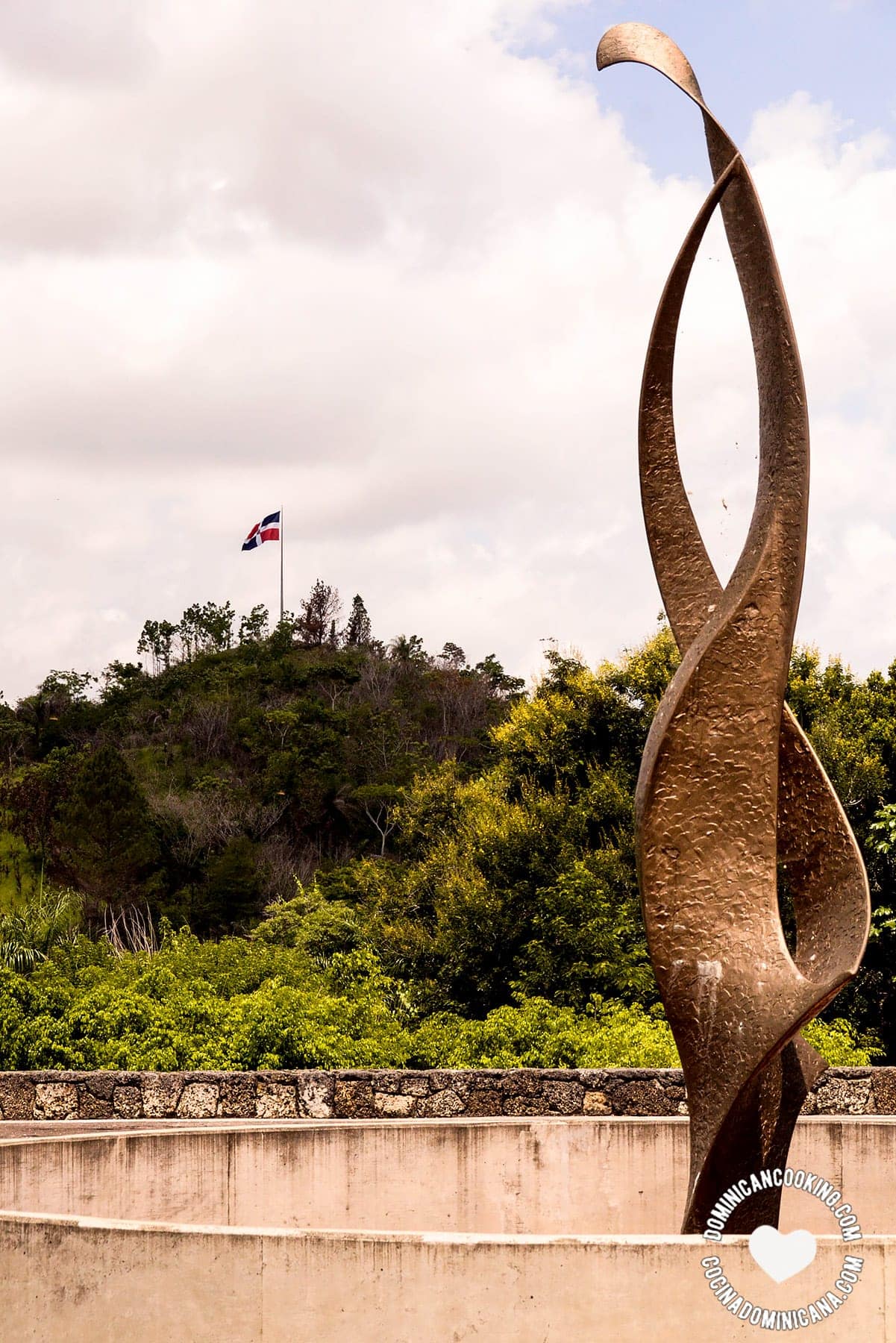
This is a post about rediscovering, about meeting traveling old loves again, about more than 300 miles into the past. It is not only about a dish that I had not seen or tasted in decades, it is about going back to a place I haven't been in for an almost equal amount of time.
It is about discovering that memory is not always treacherous and that the present does not always get to erase the past.
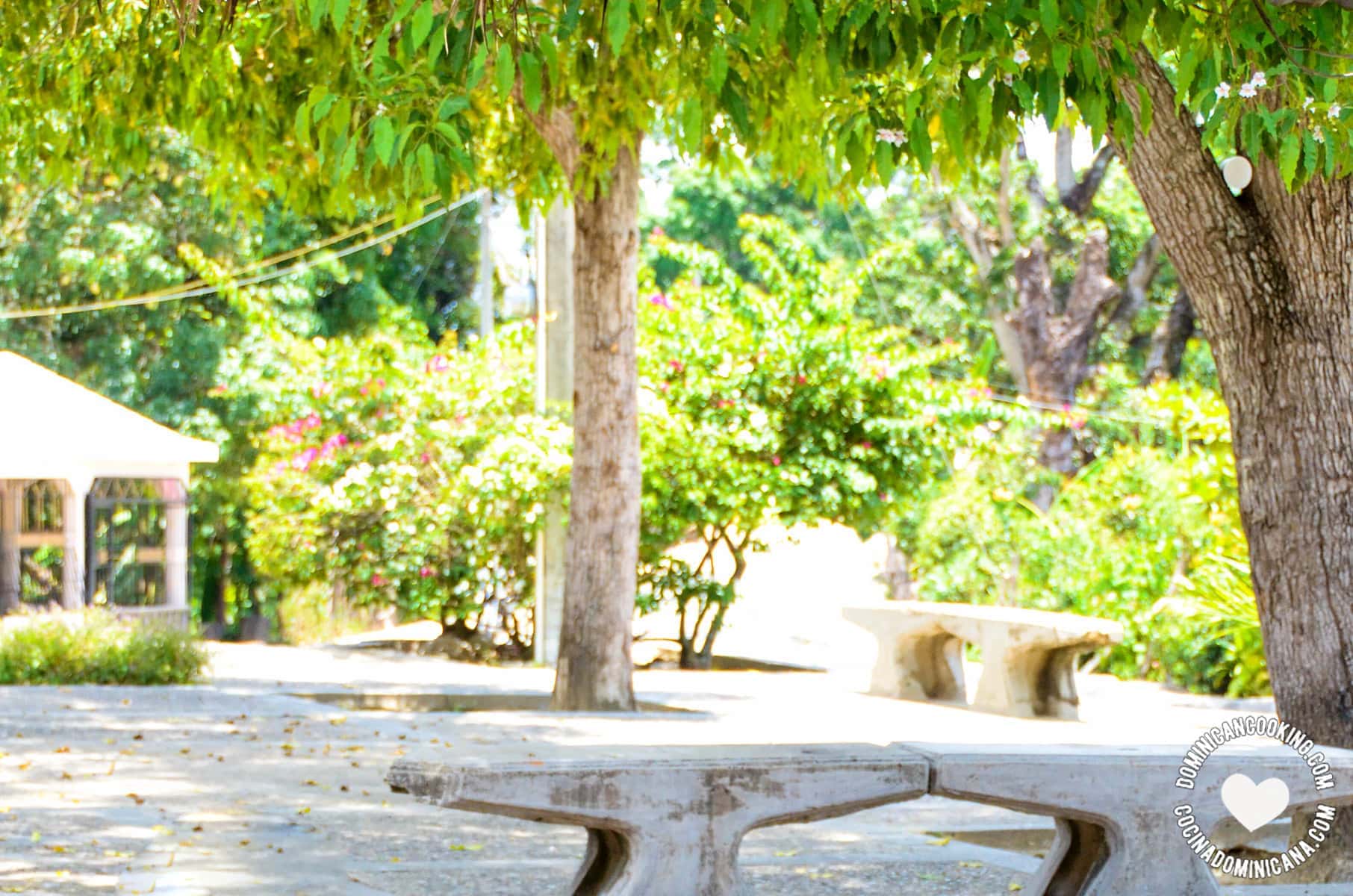
Two weeks ago our family started a pilgrimage in which we crossed the country from Punta Cana to Capotillo. An insanely-long distance, by Dominican standards. Not only was I in search of inspiration, flavors, and foods from deep inside the country, I was also in search of some fading memories.
I arrived at Capotillo for the first time more than two decades ago, practically another life. From the trip, I remember how impressive it was to see the changes from the cactus forest between Montecristi and Dajabón to the feet of the Central Mountain Range. The climate changes and the flora becomes green, abundant, colorful. But the most vivid memory of my previous trip to Capotillo was the quiet beauty of the place, the absence of abject poverty, a dignified existence that is refreshing to the eyes and the soul.
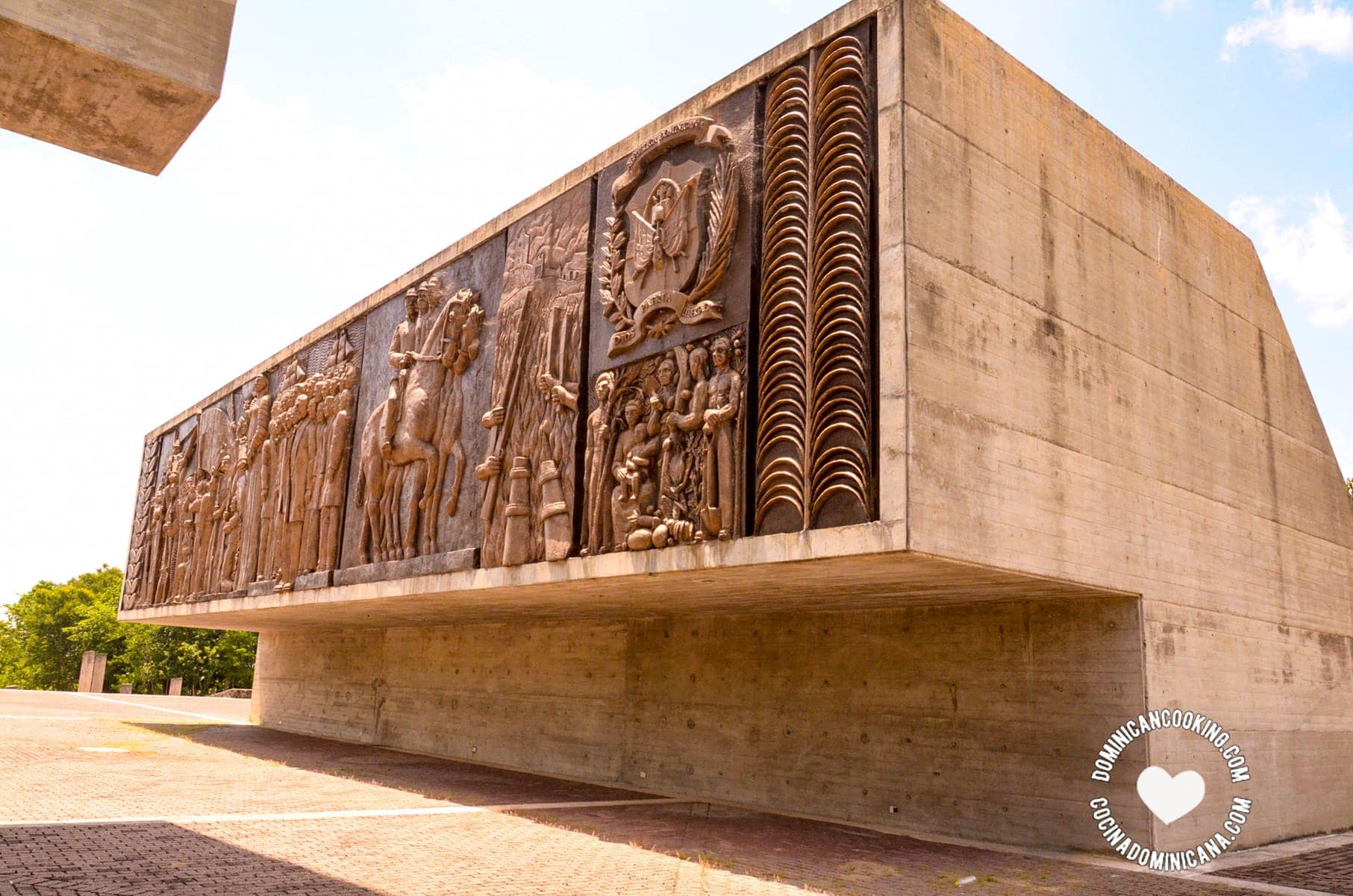
Capotillo is better known for its place in history. It was there where the crucial battle against the Spanish empire paved the way for Dominican independence. An impressive and very well-kept monument -- that frankly looks a bit out of place on top of the green hill surrounded by pine and palm trees -- marks the historical spot. But it wasn't the monument itself that impressed me more about this small community.
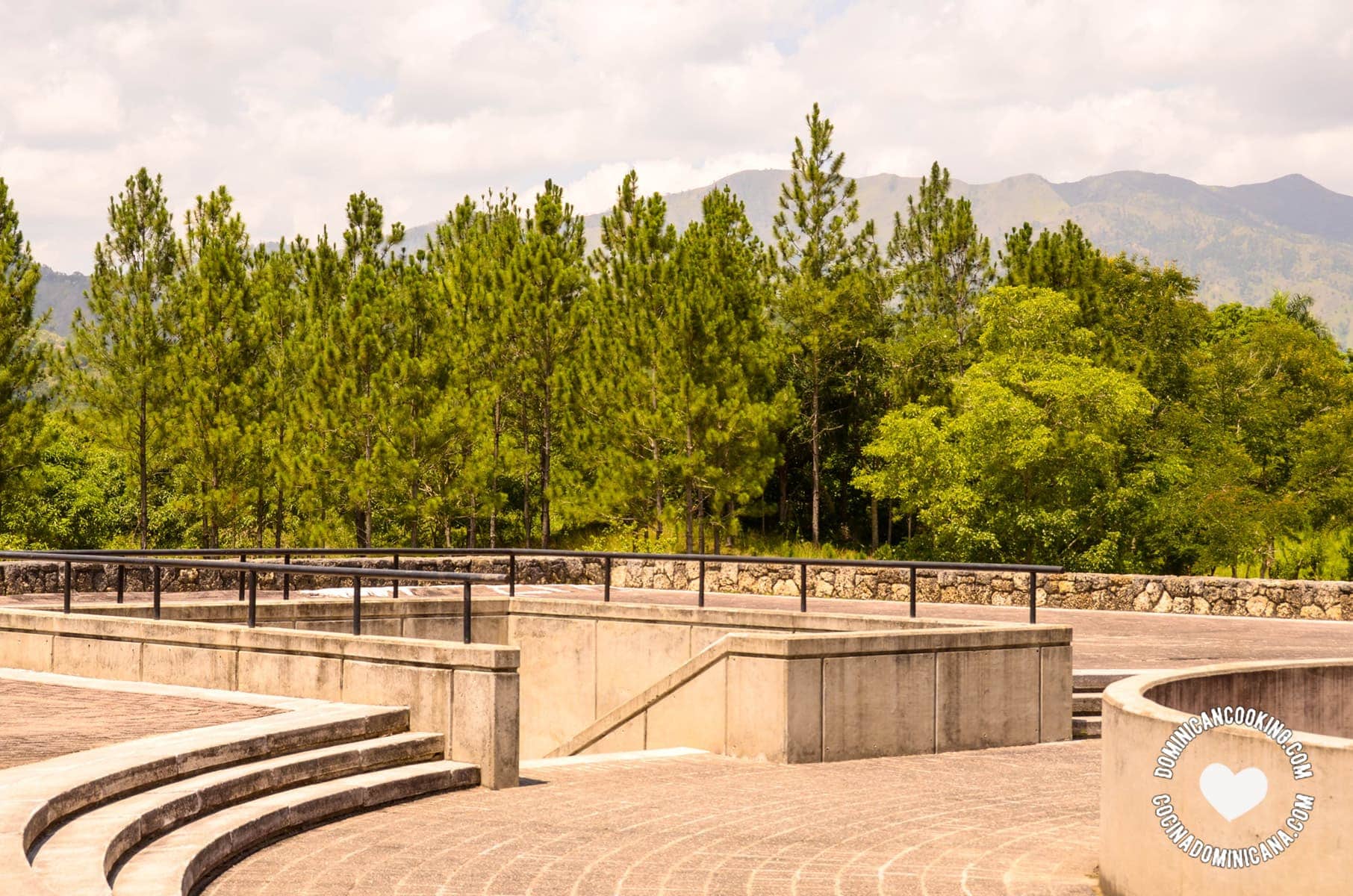
It was the town itself that I remembered the most. For a long time, I kept the memories of a small quiet community, impressively clean, with cute little campesino houses, freshly painted with bright colors and gardens brimming with flowers.
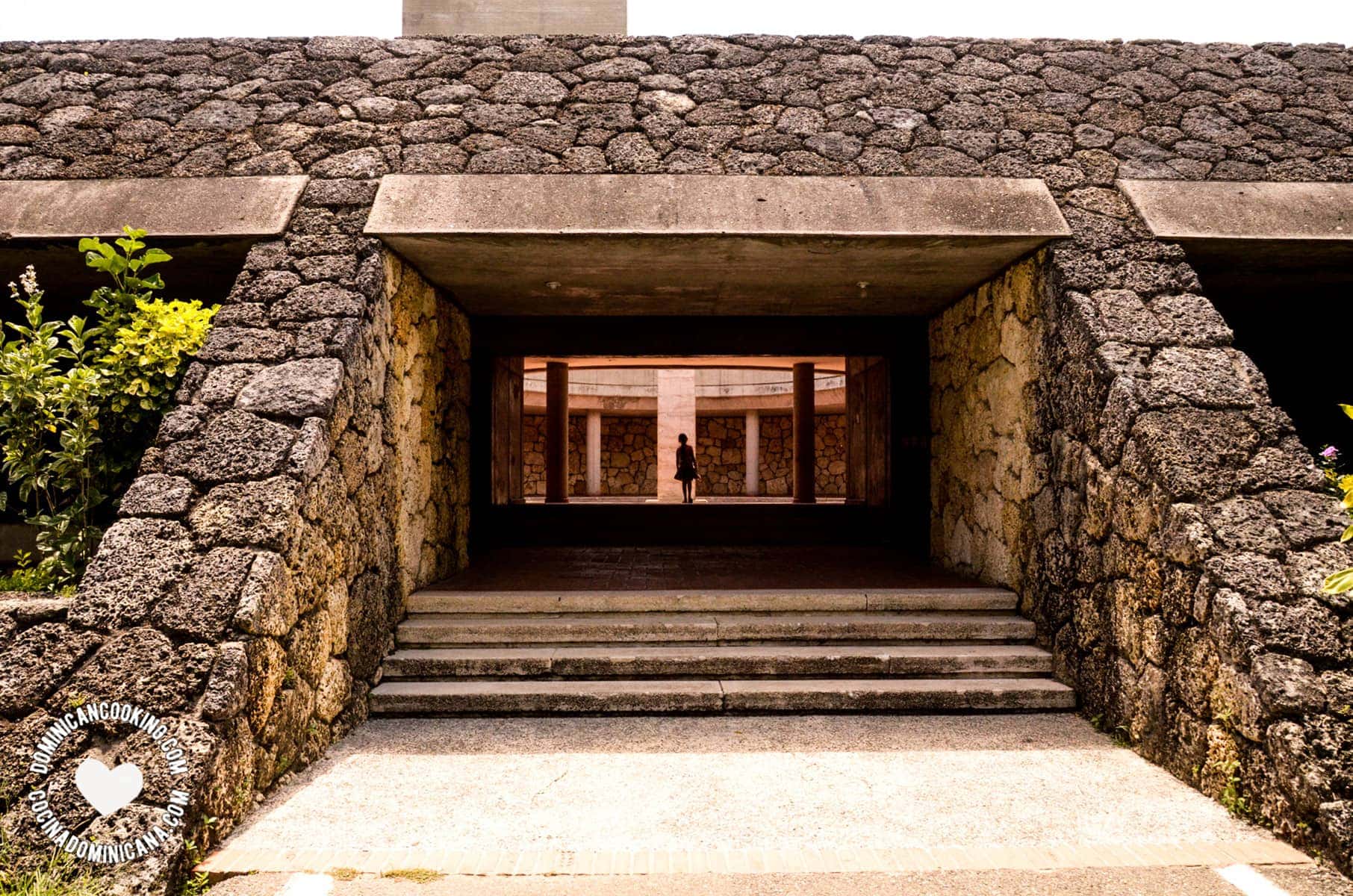
And mangoes. Everywhere. So many mangos that they were like a carpet on the road, on the front yards. They would ripen, full of honey sweetness and dripping juiciness, and serve as food to the birds and the land itself. These were the sweetest mangoes I have ever tried.
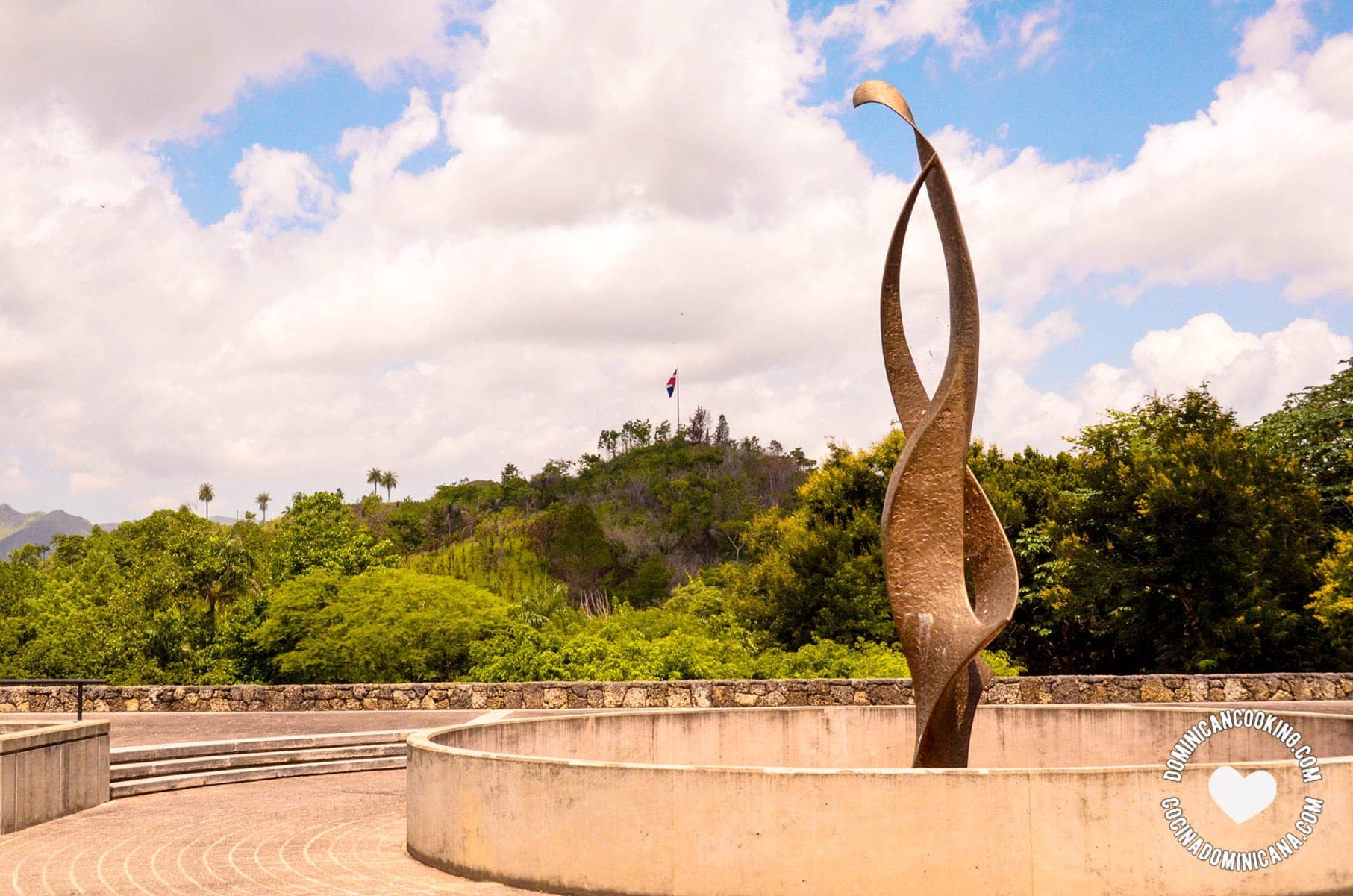
By the side of the road, one can buy them, if you are not inclined to just pick them yourself, along with cashew fruit preserves, dulce de leche, roasted cashew nuts, and many other products made from the local crops. Of course, I had to get some to take back home.
If you arrive at Capotillo in search of tourism you will be out of luck. There isn't any. Except for the infrequent curious traveler, such as ourselves, they have never seen a tourist. There are no hotels or restaurants, and should you find yourself hungry you will just have a local colmado, and under a thatched roof quench your thirst with cold bottled water, and enjoy the conversation with the locals, slowly rocking yourself to a state of bliss in the old, creaky rocking chairs overlooking the flamboyan trees. And dream...
But you have to come to visit Capotillo and see for yourself.



